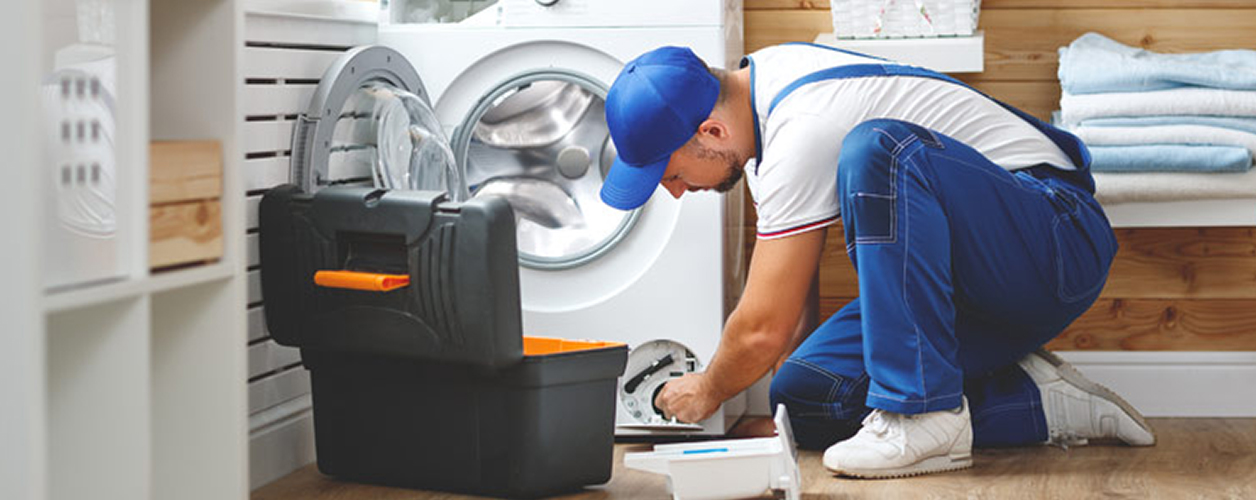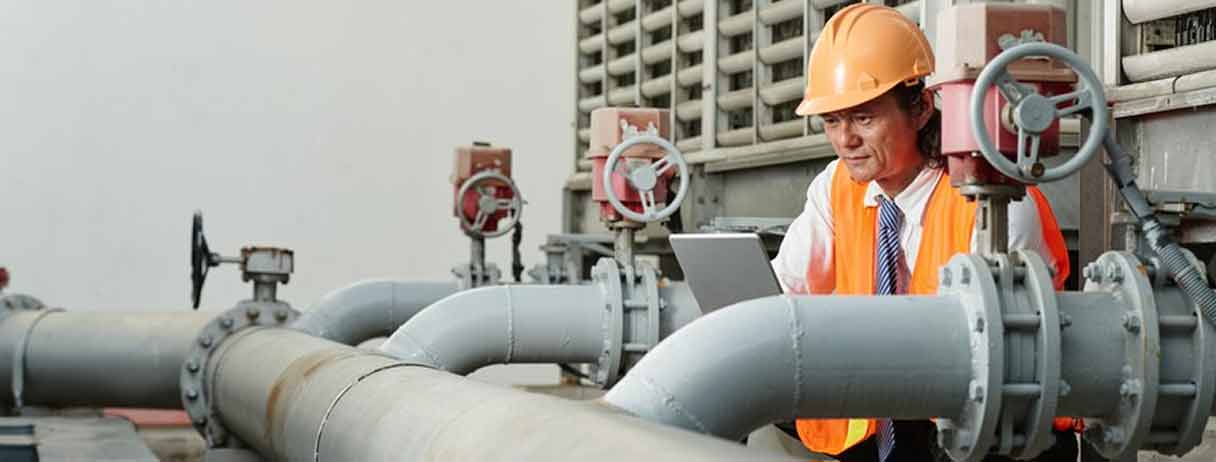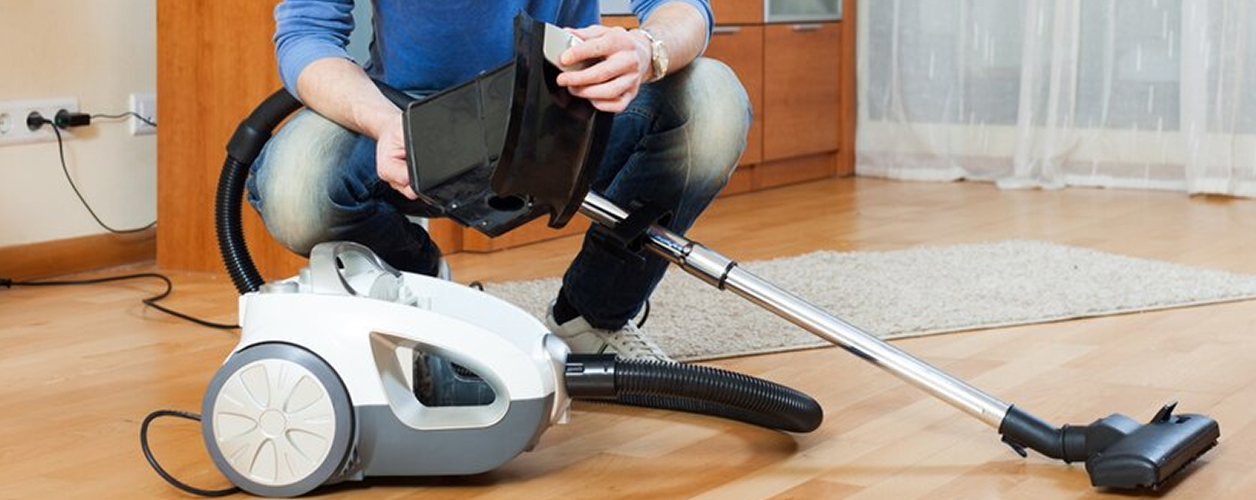Washing machines have become an indispensable part of modern homes, simplifying one of the most time-consuming household chores—laundry. But like any complex appliance, they can encounter various problems over time, leaving you frustrated with half-cleaned clothes and puddles of water. That’s why it’s important to not only be aware of common washing machine issues but also understand how to troubleshoot them before they escalate into costly repairs. Whether you’re dealing with a washer that won’t start or one that refuses to spin, knowing what to look for can save you both time and money in the long run. This guide will walk you through some of the most common washing machine problems and offer practical solutions to keep your appliance running smoothly.
Here Are Common Washing Machine Problems
The Washer Won't Turn On
Few things are as frustrating as hitting the start button on your washing machine and seeing no response. This is one of the most common and annoying problems. If your washer refuses to turn on, start by checking the power supply. Is the outlet working properly? Once you’ve ruled out power issues, check the lid switch or door latch. Many washing machines are designed to not start unless the lid or door is securely closed. If the switch or latch is broken, replacing them is a straightforward and affordable fix.
The Washer Is Not Filling With Water
Now that we’ve discussed power issues, let’s move on to another common problem—your washer not filling with water. This could be due to a faulty or clogged water inlet valve. Before jumping to conclusions, inspect the hoses connected to the water supply. If they’re kinked or blocked, that could be your culprit. If the hoses are fine, the next step is checking your washing machine manual for instructions on how to replace the water inlet valve.
Water Seepage
Leaks are not only inconvenient but can also lead to significant water damage if left unchecked. In most cases, leaks are caused by damaged hoses, loose connections, or a faulty water pump. Start by ensuring that all hose connections are secure and free from damage. If you discover a damaged hose, it’s best to replace it immediately. Should the leak persist, the water pump may be at fault. Repairing or replacing the water pump can be more complex, so it may be time to consult a professional for washing machine repairs.
The Washer Is Loud
Loud, unsettling noises during a wash cycle can be alarming. If you hear banging or clunking sounds, it could be due to an imbalanced load. Try redistributing the clothes inside the drum to even out the load. However, if the noise continues, it could point to a more serious issue, such as a faulty drum or worn-out bearings. In some cases, strange squeaking or squealing could be related to a worn-out belt, while grinding sounds may indicate a motor issue. It’s wise to inspect these components and either repair or replace them as necessary.
Unable to Drain Washer
A washing machine that won’t drain properly leaves you with soggy clothes and a messy situation. The first step in troubleshooting this issue is checking for blockages in the drain pump filter. Clogs can prevent water from draining, so cleaning out any debris could solve the problem. If your washer still doesn’t drain, the drain pump itself might be broken, requiring a replacement.
Washer Not Spinning
A washer that won’t spin can leave your clothes dripping wet after the cycle is complete. Often, this is due to a broken door latch or lid switch, which prevents the machine from spinning as a safety precaution. If these components are damaged, they will need to be replaced. A faulty drive belt could also be the issue, so check for any signs of wear or looseness and replace if necessary.
Bad Smells
Washing machines can develop unpleasant odors over time, primarily due to mold and mildew buildup. To prevent this, leave the washer door open between cycles to allow the interior to dry out. You can also run a cleaning cycle using a mixture of vinegar and baking soda, or a store-bought washing machine cleaner, to keep your machine smelling fresh.
Overloading
Overloading your washing machine can lead to a range of issues, including imbalanced loads, worn suspension parts, and even damage to the drum bearings. To avoid these problems, always follow the manufacturer’s guidelines on load capacity and distribute clothes evenly inside the drum. This small step can significantly prolong the life of your appliance.
Conclusion
Washing machines are essential household appliances, but they are not immune to common problems that arise with regular use. By being proactive and addressing issues early on, you can avoid costly repairs and extend the lifespan of your machine. While some problems are easy to fix on your own, others may require the expertise of a professional. Either way, regular maintenance and prompt attention to any issues will help keep your washing machine running efficiently for years to come.







